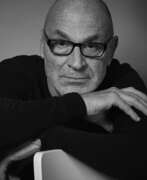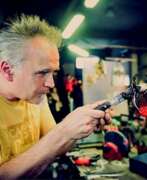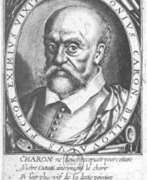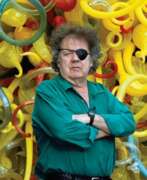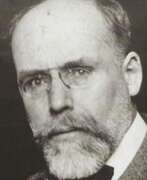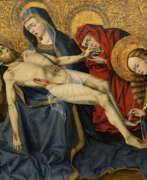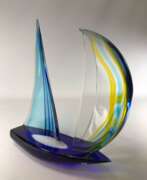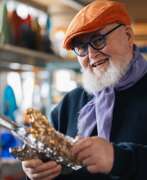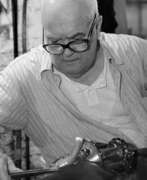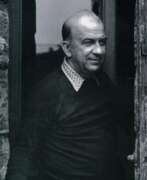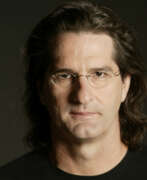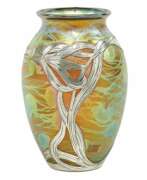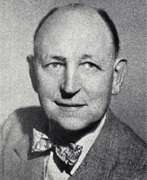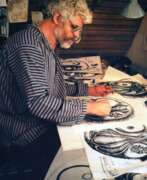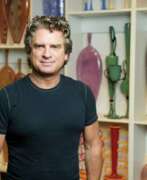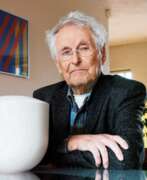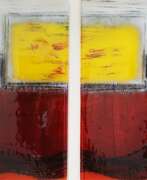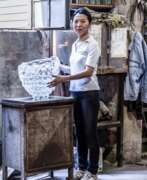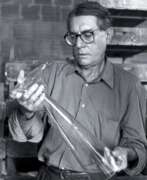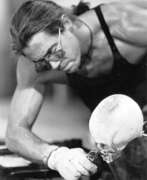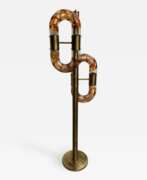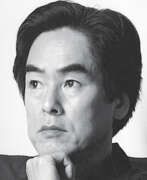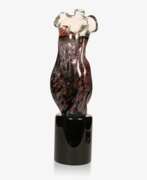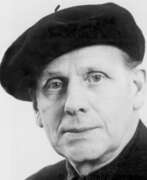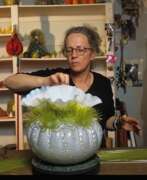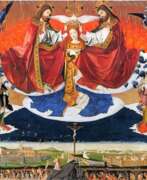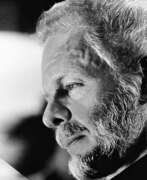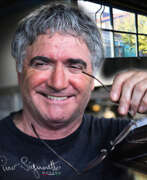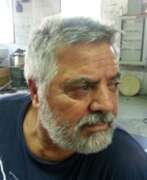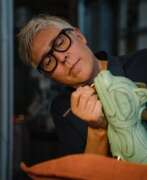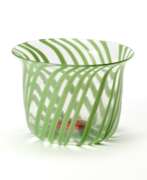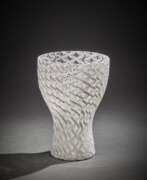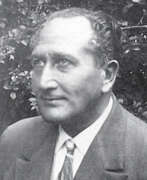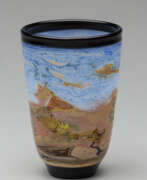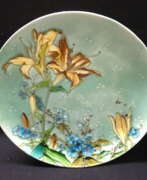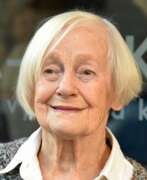Glass blowers
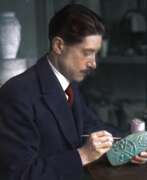

Gabriel Argy-Rousseau, born Joseph Gabriel Rousseau, was a French sculptor, ceramicist and master glassblower who contributed to the rediscovery of pâte de verre as the primary art of glass in the early twentieth century.
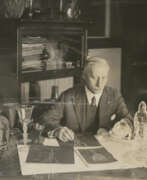

Frederick Carder was an English-born artist and designer who is best known for his work in glassmaking and his role in co-founding the Steuben Glass Works in the United States. He was a prominent figure in the American art glass movement and made significant contributions to the field.
In 1903, Carder immigrated to the United States and eventually settled in Corning, New York. In collaboration with Thomas G. Hawkes, he co-founded the Steuben Glass Works in 1903. Carder served as the artistic director and chief designer of Steuben for several decades. Under his guidance, Steuben became renowned for producing high-quality art glass known for its elegance, craftsmanship, and innovative designs.
Carder experimented with various glass-making techniques and was skilled in creating a wide range of glass objects, including vases, bowls, lamps, and tableware. His designs showcased a diverse range of styles, from delicate and intricate Art Nouveau-inspired pieces to bold and modern Art Deco designs. Carder's work often featured vibrant colors, intricate patterns, and intricate glass techniques such as iridizing and acid etching
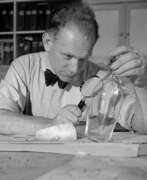

Andries Dirk Copier is a Dutch designer of decorative and utilitarian glass and porcelain objects.
From 1914 to 1971 he worked at the Leerdam glassworks. This made him the only designer to work permanently in the factory for decades.
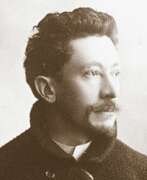

Emile Gallé was a French artist and designer who worked in glass, and is considered to be one of the major innovators in the French Art Nouveau movement. He was noted for his designs of Art Nouveau glass art and Art Nouveau furniture, and was a founder of the École de Nancy or Nancy School, a movement of design in the city of Nancy, France.
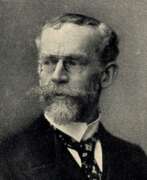

Karl Köpping was a German painter and engraver. He also designed objects of art made of twisted glass.
He mainly created etchings after the well-known works of the past centuries, especially by Rembrandt, but also Hals, Gainsborough or Munkácsy. He also designed Art Nouveau art objects made of coiled glass.
He was awarded the Order of the Legion of Honour and the First Class Medal of the Munich Art Exhibition, as well as the Grand Prix of the Paris World's Fair in 1889.


Nils Landberg is a Swedish glass artist.
He studied at the Göteborg Handicrafts Society School, then worked at the Orrefors glassworks, first as an engraver and since 1936 as a designer.
Landberg is known to the general public for his fine, elegant glassware and art glass. His most famous works are Tulip and Twilight. Landberg's works can be found in many public buildings throughout Sweden and are represented in several museums in Sweden, Germany and the USA.
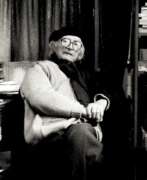

Jacques Le Chevallier was a French glassmaker, decorative artist, illustrator, and engraver. He was mobilized during World War I; after the war he became a master artisan in the studio of Louis Barillet, with whom he remained until 1945. His collaborators there included Théodore-Gérard Hanssen.
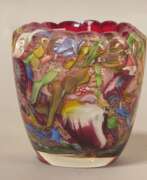

Dino Martens was an Italian painter and designer particularly noted for his glass work trained at the Accademia di Belle Arti. He had his paintings exhibited at the Venice Biennale (1924-1930) and after his return from Italy's African wars became the artistic director of Aureliano Toso (the famous Venetian glass works). He remained there for many years producing many noted works using traditional Venetian techniques but producing some original effects, "daring" asymmetric shapes - the designs often being marked by their obvious difficulty of execution.
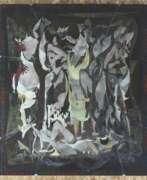

Robert Pansart was a French glassmaker and decorator, specialising in engraved, oxidised and eglomerated glass techniques.
Although he is best known for his mirrors decorated with figures and arabesques, Pansart also made a number of pieces of furniture with rather fantastic baroque shapes, reminiscent of the world of fairy tales.
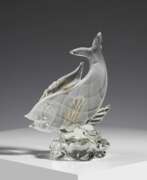

Aureliano Toso, a significant figure in the Venetian glassmaking world, was an Italian master known for his innovative glass designs. Born in 1884, Toso founded the company Vetreria Aureliano Toso in 1938 in Murano, a place synonymous with exquisite glass art. His collaboration with the talented painter Dino Martens, starting in 1939, marked a significant period in the company's history. Martens' designs, known for their adventurous use of materials like Aventurine, filigree canes, Latticino/Zanfirico, and multicolored murrines, brought acclaim to Toso's company.
Aureliano Toso's glassworks gained prominence for their striking and innovative designs, which were first showcased at the Venice Biennale in 1942. Toso's company continued to make a significant impact in the Italian glassmaking scene through the mid-20th century, winning a gold medal at the Triennale in Milan in 1951. The collaboration with external artists such as Fiovarante Seibezzi, Aldo Bergamini, and Jan Le Witt further enriched the artistic output of the company.
For collectors, auctioneers, and art and antiques experts, Aureliano Toso's works represent a blend of traditional Murano craftsmanship and innovative artistic vision. His pieces, which are still highly sought after, reflect the rich cultural heritage of Murano glass art.
If you are keen on acquiring or learning more about Aureliano Toso's glassworks, or if you are interested in updates related to new product sales and auction events featuring his work, we encourage you to sign up for our updates. This subscription will keep you informed about the latest opportunities to appreciate and acquire pieces from this remarkable Italian glass artist.
